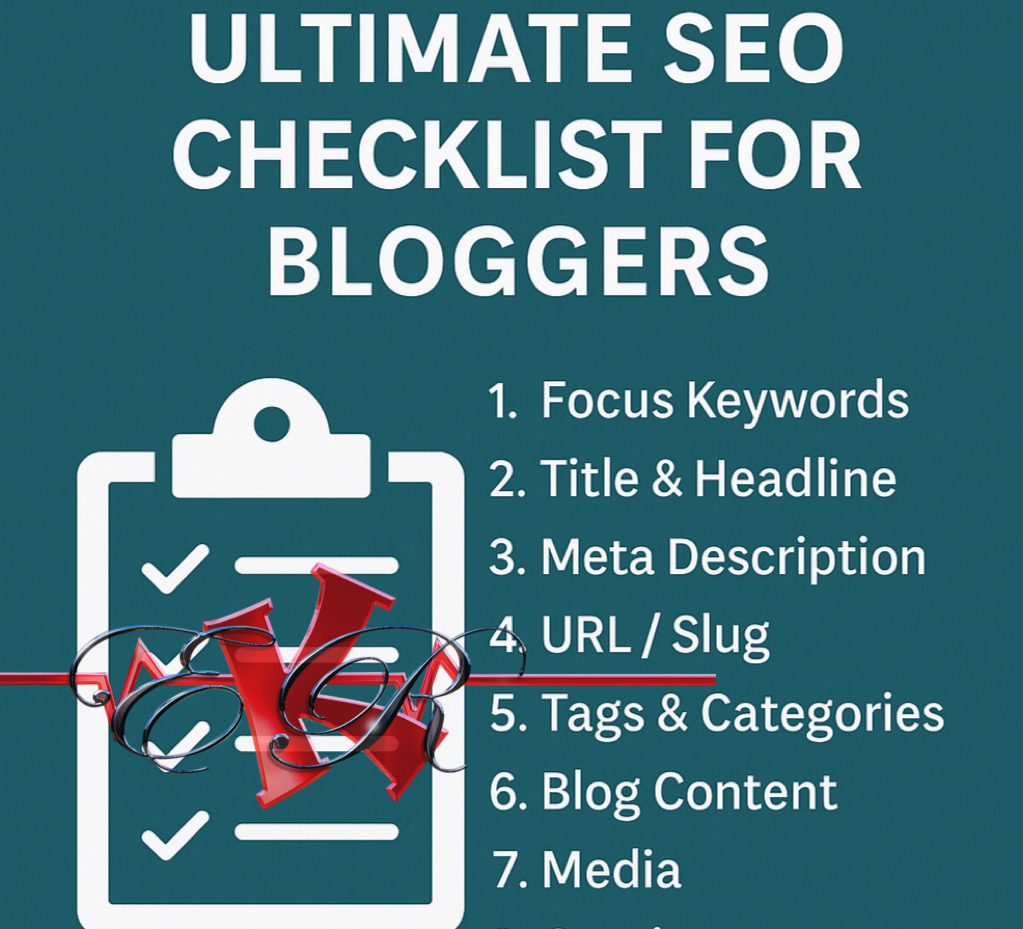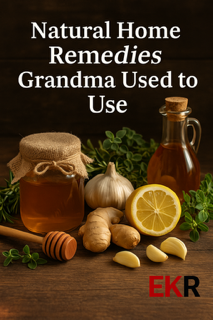If you’re a blogger, you know the struggle: creating great content is only half the battle. The other half is making sure your post is optimized, polished, and ready to get traffic and earn money.
At EarKandy Radio, we’ve put together the exact blog publishing checklist we use before hitting “publish” — and now we’re sharing it with you. Whether you’re just starting out or you’ve been blogging for years, this step-by-step guide will help you create posts that stand out, rank higher, and boost your chances of Google AdSense approval.
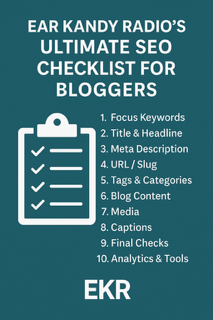
1. Title & Headline
Your blog title is the first thing readers (and Google) see.
Keep it catchy and clear
Include your focus keyword
Stay within 55–65 characters for best SEO results
Example: Instead of “Blogging Tips”, use “Blog Publishing Checklist: SEO-Ready Tips for Bloggers”.
2. Focus Keywords
Think of keywords as your blog’s GPS system. They help readers and search engines know what your content is about.
Choose 3–5 strong keywords
Place your main keyword in:
- The title
- The first paragraph
- At least one subheading (H2)
- Naturally throughout the content
3. SEO Meta Description
This short preview shows up under your blog title in search results.
Keep it between 150–160 characters
Must include your main keyword
Make it compelling so people click
Example: “Discover the ultimate blog publishing checklist to help you rank higher, boost traffic, and get AdSense approval fast.”
4. URL / Slug
Your blog link should be short, clean, and keyword-focused.
Avoid random numbers or filler words
Include your main keyword
Keep it easy to read
Example: earkandyradio.com/blog-publishing-checklist
5. WordPress Tags & Categories
Tags and categories help organize your content and improve SEO.
Add 5–10 relevant tags (topics, names, keywords)
Place post in the correct category
6. Blog Content Structure
Readers love easy-to-digest content.
Word count: 1,200–1,600 words (cornerstone blogs: 1,600+) Use short paragraphs & subheadings (H2/H3)
Include at least 1–2 external links (credible sources)
Add 1 internal link (to another blog on your site)
7. Images & Media
Images grab attention and make your blog more shareable.
Create 1 featured image + 2 supporting images
Add your branding/watermark (for ownership)
Use alt text with keywords
Compress images so your site loads fast
8. Social Media Captions
Don’t stop at publishing — promote it!Create 1 main caption + 2–3 variations
Add hashtags (#BloggingTips, #SEOStrategy, #AdSenseReady)
Include a clear call to action: “Click the link to read more.”
9. Final Pre-Publish Checks
Run an SEO check (Rank Math/Yoast – aim for 80+)
Proofread for grammar and typos
Check formatting on desktop + mobile
Preview post & test all links
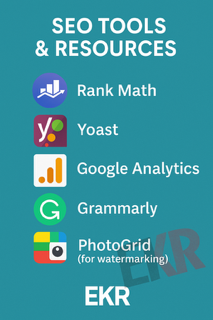
10. Tools & Apps Every Blogger Should Use
One of the easiest ways to make your blog stronger is by using tools that handle design, SEO, and optimization for you. Here are some of the best:
- Photogrid – Perfect for creating graphics and watermarking images before you upload them.
- Canva – A free (and paid) app for designing graphics, blog headers, and even social media content.
- Rank Math SEO – A WordPress plugin that helps you optimize each post for keywords, meta descriptions, internal linking, and overall SEO scoring.
- Yoast SEO – Another strong WordPress SEO plugin alternative to Rank Math.
- Grammarly – Great for proofreading your blogs before publishing to catch grammar and spelling errors.
- TinyPNG or Squoosh – Compress images to make sure your blog loads quickly (Google penalizes slow sites).
- Google Analytics & Google Search Console – Must-have tools for tracking your blog traffic, search performance, and keyword rankings.
- AnswerThePublic or Ubersuggest – Tools to help find what people are searching for so you can pick the best keywords for your blog.
Understanding SEO and Optimization
Before we wrap up, let’s break down two key terms every blogger needs to know: SEO and Optimization.
SEO (Search Engine Optimization) is the practice of making your blog easier to find on search engines like Google. This includes using the right keywords, writing strong meta descriptions, adding internal/external links, and formatting your content so search engines understand it. In short, SEO is what gets your blog discovered. Without it, your content can easily get buried under millions of other posts.
Optimization goes beyond SEO. It’s about making your blog better for the reader and better for performance. That means fast loading speed, mobile-friendly formatting, eye-catching images, and clear structure. Optimization is what keeps readers on your page once they click — and the longer they stay, the more Google values your blog.
Together, SEO and optimization are the power duo that can turn your blog from a simple post into a traffic magnet. They not only help you rank higher but also improve your chances of getting AdSense approval, since Google wants blogs that are both searchable and valuable to readers.
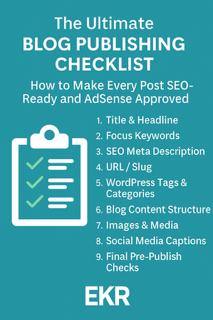
Why This Checklist Matters
Many blogs get rejected by AdSense because of “low content value.” By following this checklist, you’re not only creating blogs that look good, but blogs that Google recognizes as high-quality. That means better chances of approval, more traffic, and more income potential.
Closing Thoughts
Blogging isn’t just about writing — it’s about strategy. With this checklist (and these apps), every post you publish will be SEO-ready, professional, and optimized for AdSense.
So before you hit “publish,” pull this up and go through it step by step. Trust me — your blog (and hopefully your bank account too) will thank you.
*** Ear Kandy Radio is back, and we need your support. Please comment below (or on any blog post) for a chance to win a $50 cash (Cash App, Zelle, Venmo) or a Visa Gift Card. Comment must be relevant to the blog you are commenting on, and you must enter a valid email address.









